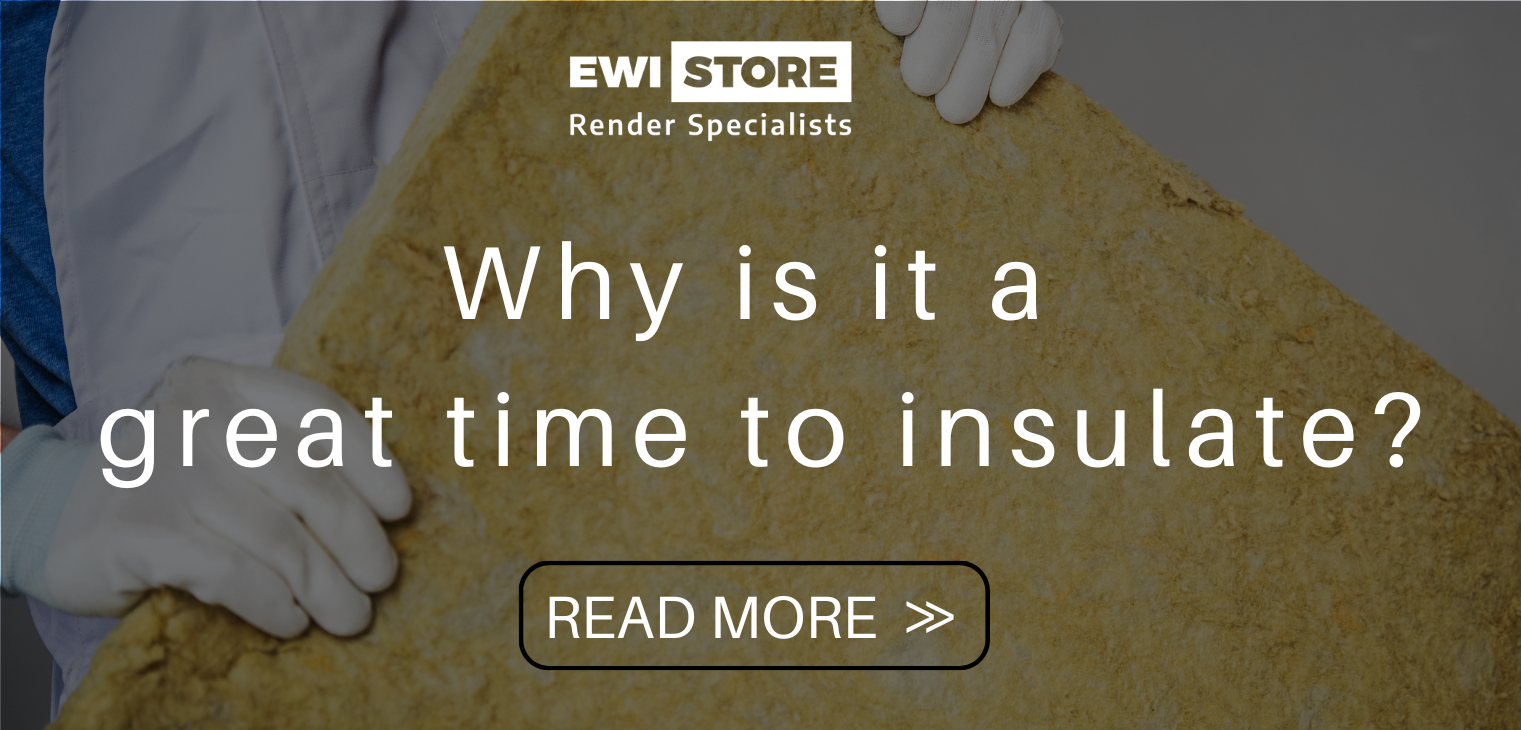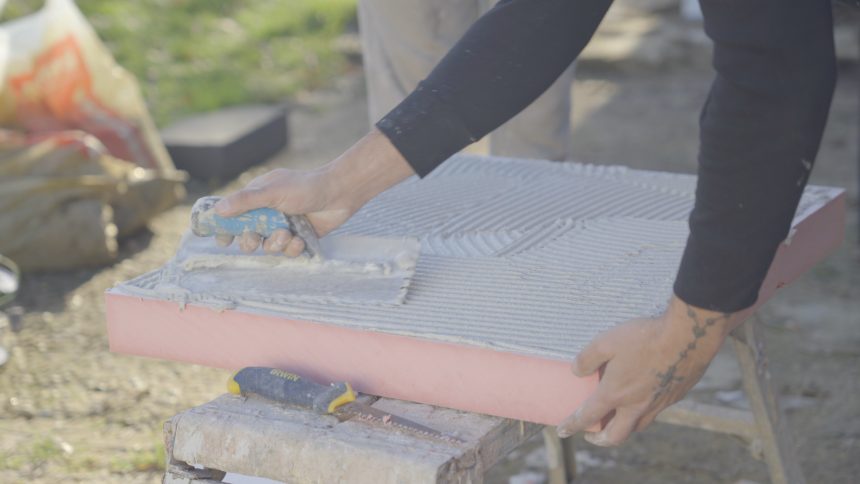The payback of external wall insulation will inevitably vary on the type of insulation you choose to have installed. However, the more expensive the insulation, the longer the payback is not a hard and fast rule. Some types of insulation make a greater impact at a lower thickness. Some also offer various different benefits which may be specifically suited to your project.
Types of insulation
Our partners at EWI Store offer 3 major forms of external wall insulation boards, all with different U-values and benefits:
Mineral Wool – The premier solution is Rockwool, a mineral wool composed of volcanic rock and compiled to form slabs in a similar way to that of candy floss. The standout feature of this product is its complete non-combustibility, having achieved a Euroclass rating of A1. Rockwool can withstand temperatures of up to 1,000ºC, prevent the spread of fires, and not emit any toxic emissions. The acoustic insulation and dual density composition are further benefits to an already high performance system. Rockwool is also breathable! In turn, this allows trapped moisture in the existing wall to pass through the insulation and dissipate into the atmosphere, assuming a breathable Silicone render is used.
K5 Kingspan – Kingspan Kooltherm K5 offers a highly effective and space-saving solution. The rigid phenolic core of the K5, bracketed by a glass tissue board, offers excellent thermal capabilities. Space saving features of the K5 make it the ideal choice for narrow passageways and alleys. The high compressive strength also ensures that any risk of mechanical compression and impact is minimised. External wall insulation as a rule, reduces the households carbon footprint, with K5 boards also having an ozone depletion potential of zero.

EPS – EPS is the most popular external wall insulation, offering great value for money and still providing excellent thermal performance. The whole system is extremely lightweight, meaning that the cost for installation materials is far lower than Rockwool or K5. EPS has been designed specifically to be applied onto masonry or timber-backed walls using adhesive and mechanical fixings. They can also be installed in the cavity void if the property is being insulated using cavity wall insulation.
The U-value will impact the payback of external wall insulation.
Costs of works
The Energy Savings Trust prices the cost of works anywhere between £10,000-£15,000 depending on the size of your property. There are cheaper options; EPS for example, is priced at around £10 per 90mm board. At this thickness, the property achieves the desired 0.2W/(m2K). Mineral Wool requires 110mm to achieve this value at a cost around £25 per board. K5 requires 60mm at a cost of £15 per board. So what does this all mean for the payback of external wall insulation?
It is certainly important to note that now is still a great time to insulate. The weather is unseasonably favourable to the process of installation.

The payback timescale
Estimates obviously vary depending on initial outlay. The Energy Savings Trust estimates that the savings could reach almost £1,000 a year on detached properties, which is certainly worthwhile given the constant dangers of rising bills.

The reason behind the payback being a worthwhile investment of time is that the EWI system will have a lifespan in excess of 25 years, especially with proper maintenance. Once the initial payback period is settled, the remaining lifespan makes a real life saving impact on your bills and income. The payback of external wall insulation is also two-fold. Not only are you saving on bills, but the value of your property is elevated. Elevating your house from Band G to Band E can raise the value of your property by around £16,000 on average.
The initial outlay may seem extremely expensive, and the payback may seem long, but the benefits are extremely worthwhile. Around 35% of heat loss is through walls, so your home will stay warmer for longer. There will be less need to turn on the heating. Crucially, during the summer, as the insulated walls slow the passage of heat, your home does not overheat and is much easier to regulate.















No comments yet